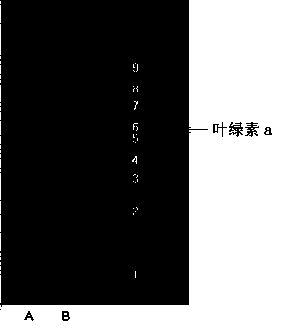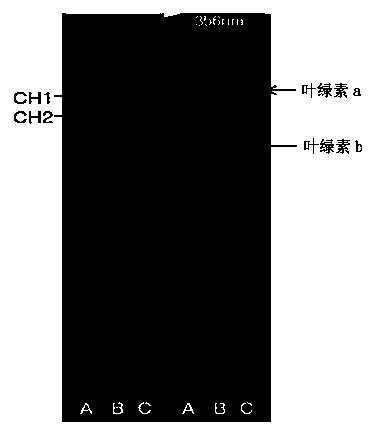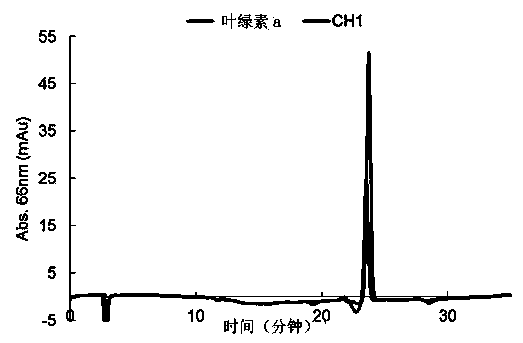Composition containing chlorella extract for the prevention or treatment of liver disorders
A technology for chlorella extract and liver disease, which is applied to medical preparations containing active ingredients, drug combinations, medical raw materials derived from algae, etc., and can solve problems such as the clinical effect of chlorella extract that has not yet been disclosed.
- Summary
- Abstract
- Description
- Claims
- Application Information
AI Technical Summary
Problems solved by technology
Method used
Image
Examples
Embodiment 1
[0051] Example 1: Concentrated Ethanol Extract of Freshwater Chlorella
[0052] 500 Ml 99.9% ethanol (Daejeong, Korea) was added to 100 g of concentrated powdered freshwater chlorella and stirred in the dark. Next, the resulting mixture was extracted twice every 12 hours and concentrated under reduced pressure to obtain an ethanol extract. Then, the activity of quinone reductase was measured with quantified concentrated ethanol extracts.
Embodiment 2
[0053] Example 2: Isolation and Purification of Chlorella Using Thin-Layer Chromatography The materials used for the prevention and treatment of liver diseases were identified using thin-layer chromatography (TLC). Chlorella ethanol extracts were separated on TLC. TLC can fractionate organic solvent extracts into non-polar or polar materials, and use eluent (hexane:ethyl acetate:acetone=7:3:0.1) to separate Chlorella ethanol extract and chlorophyll a ( figure 1 ). Chlorophyll a R f The value is 0.8. The quinone reductase activity of the isolated Chlorella ethanol extract fraction was measured, and the results are listed in Table 2. As a result, R in the ethanol extract fraction of Chlorella f The fraction with a value of 0.8 showed the highest activity. The most active ethanol extract fractions of Chlorella were separated on TLC under the same conditions, as a result, the fractions with the same R as chlorophyll a (CH1 and CH2) f Fraction of values. The activity of each...
Embodiment 3
[0054] Example 3: Quinone reductase activity of extracts
[0055] Ethanol extracts and components in the isolated fractions were analyzed for induction of quinone reductase activity. In order to measure the induction of quinone reductase activity by the fractions obtained from Chlorella, experiments were performed using a white rat hepatoma cell line (Hepa1c1c7).
[0056] First, a-MEM (minimum essential medium) / 10% FBS (fetal bovine serum) solution was mixed with hepatocyte culture medium so that the number of cells was 1×10 5 cells / Ml, and 100 μl of the resulting solution was added to a 96-well plate, and then placed in 5% CO 2 and 37°C for 24 hours. After the cells were stabilized, compounds from the extract of Chlorella and fractions obtained from the extract were added at 7 different concentrations in two-fold increments from 3.125 to 200 μg / Ml, and then incubated in 5% CO 2 and 37°C for 24 hours. After the culture was completed, the cells were washed with a PBS (phosp...
PUM
 Login to View More
Login to View More Abstract
Description
Claims
Application Information
 Login to View More
Login to View More - R&D
- Intellectual Property
- Life Sciences
- Materials
- Tech Scout
- Unparalleled Data Quality
- Higher Quality Content
- 60% Fewer Hallucinations
Browse by: Latest US Patents, China's latest patents, Technical Efficacy Thesaurus, Application Domain, Technology Topic, Popular Technical Reports.
© 2025 PatSnap. All rights reserved.Legal|Privacy policy|Modern Slavery Act Transparency Statement|Sitemap|About US| Contact US: help@patsnap.com



